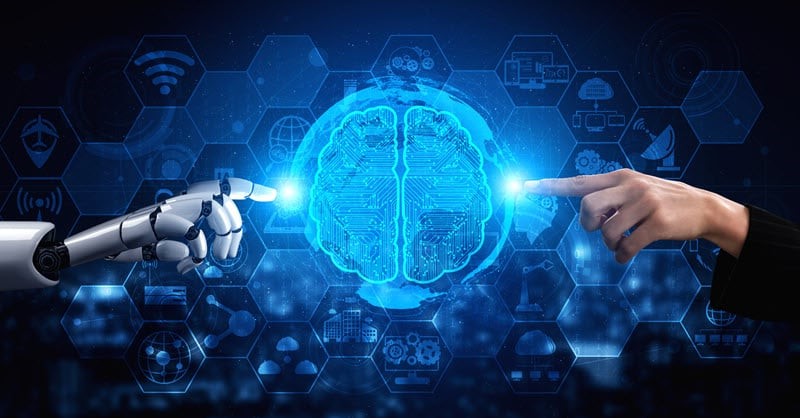We live in a world where everything is connected—from our phones and laptops to smart TVs, fridges, and even cars. While this brings convenience and makes life easier, it also opens the door to new threats. Cybersecurity, which is the protection of our digital information and systems, is more important than ever in 2025. Every year, cybercriminals get smarter and find new ways to trick people, steal information, or cause damage.
Let’s take a closer look at the biggest cybersecurity threats we are facing today, and how you can protect yourself in this ever-evolving digital world.
1. AI-Powered Scams
Artificial Intelligence (AI) is helping us in many ways—from virtual assistants to healthcare—but hackers are also using it. One of the most dangerous trends in 2025 is AI-powered scams.
Imagine getting a phone call from someone who sounds exactly like your boss or a family member, asking for urgent help or money. Thanks to AI voice cloning, this is now possible. Scammers can also create fake videos (called “deepfakes”) that look extremely real. These fake videos and messages are used to manipulate or scare people into giving up personal information or sending money.
These scams are much harder to detect because they feel personal and authentic. That’s why people need to be more careful before trusting what they see or hear online.
2. Ransomware Attacks
Ransomware is a type of malicious software that hackers use to lock your files or computer. Once the files are locked, they demand a ransom (money) to unlock them. In 2025, ransomware has become more dangerous than ever.
It’s not just big companies being targeted. Small businesses, schools, hospitals, and even individuals are now victims. For example, a hospital might lose access to patient records, or a business might be unable to access customer data—causing major disruptions.
What’s worse, some hackers now threaten to leak private information online if the ransom isn’t paid. This creates panic and forces many victims to pay, even if they don’t want to.
3. Smarter Phishing Attacks
Phishing is one of the oldest tricks in the cyber world, but it’s still very effective—especially now that it has become more advanced.
In a phishing attack, a hacker sends a fake email or message that looks like it’s from someone you trust: your bank, your delivery service, or even a coworker. The message may ask you to click a link, download a file, or enter your password.
In 2025, phishing emails are harder to spot. They are written with better grammar, use real company logos, and sometimes even include personal details. Some are sent from email addresses that look almost exactly like the real ones.
This means you have to be extra careful when checking emails, especially if they seem urgent or ask for private information.
4. Attacks on Smart Devices
From smartwatches to smart home assistants (like Alexa or Google Home), we’re using more internet-connected devices than ever before. But every smart device is also a potential entry point for hackers.
If these devices are not properly secured, someone might be able to listen in on your conversations, see your camera feeds, or access your home network.
Even worse, hackers sometimes use your device to attack others without you even knowing. That’s why keeping your smart gadgets updated and secure is essential.
5. Data Breaches and Identity Theft
In 2025, our personal data is stored across hundreds of websites and apps. A data breach happens when a company’s system is hacked and user data is stolen—names, passwords, emails, credit card numbers, and more.
If your data ends up in the wrong hands, it can lead to identity theft—where someone uses your information to open bank accounts, apply for loans, or even commit crimes under your name.
These cases are becoming more common and more complex. Even people who think they have nothing to hide can become victims.

How Can You Stay Safe?
The good news is, you don’t need to be a tech expert to protect yourself. A few simple habits can make a big difference:
- Use strong and unique passwords for each website or service. Avoid using the same password everywhere.
- Enable two-factor authentication (2FA) whenever possible. This adds an extra layer of protection to your accounts.
- Think before you click. Don’t open links or download attachments from unknown sources.
- Keep your devices and apps updated. Updates often fix security problems.
- Install antivirus or security software on your devices.
- Be cautious with personal information online. Don’t overshare on social media.
- Use trusted websites and avoid free Wi-Fi for sensitive tasks like online banking.
Final Thoughts
Cybersecurity in 2025 is not just a concern for businesses and governments—it affects everyone. As technology becomes more a part of our daily lives, the risks grow too. But with awareness and a few good habits, you can stay ahead of many common threats.
Remember, the best defense is being informed and alert. Your online safety is in your hands.



